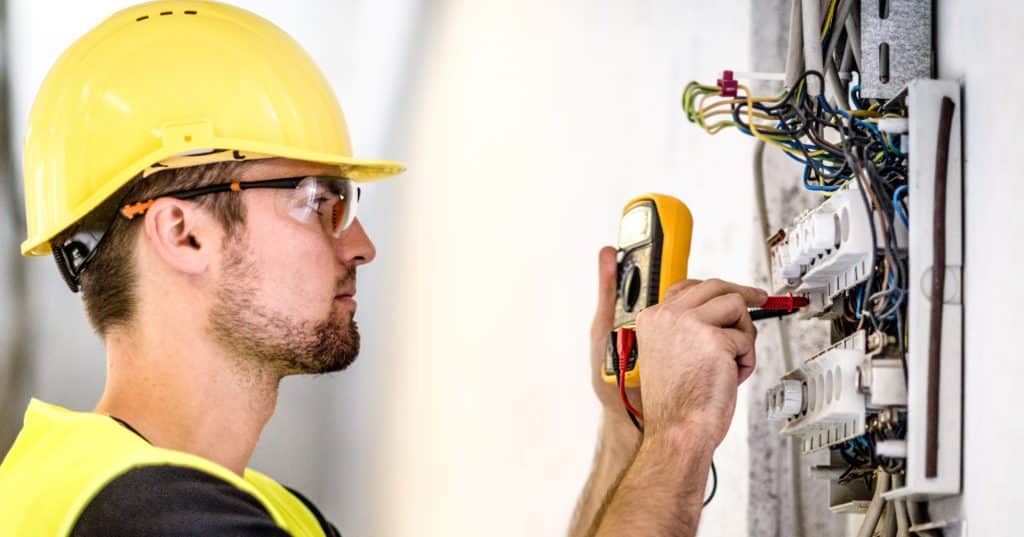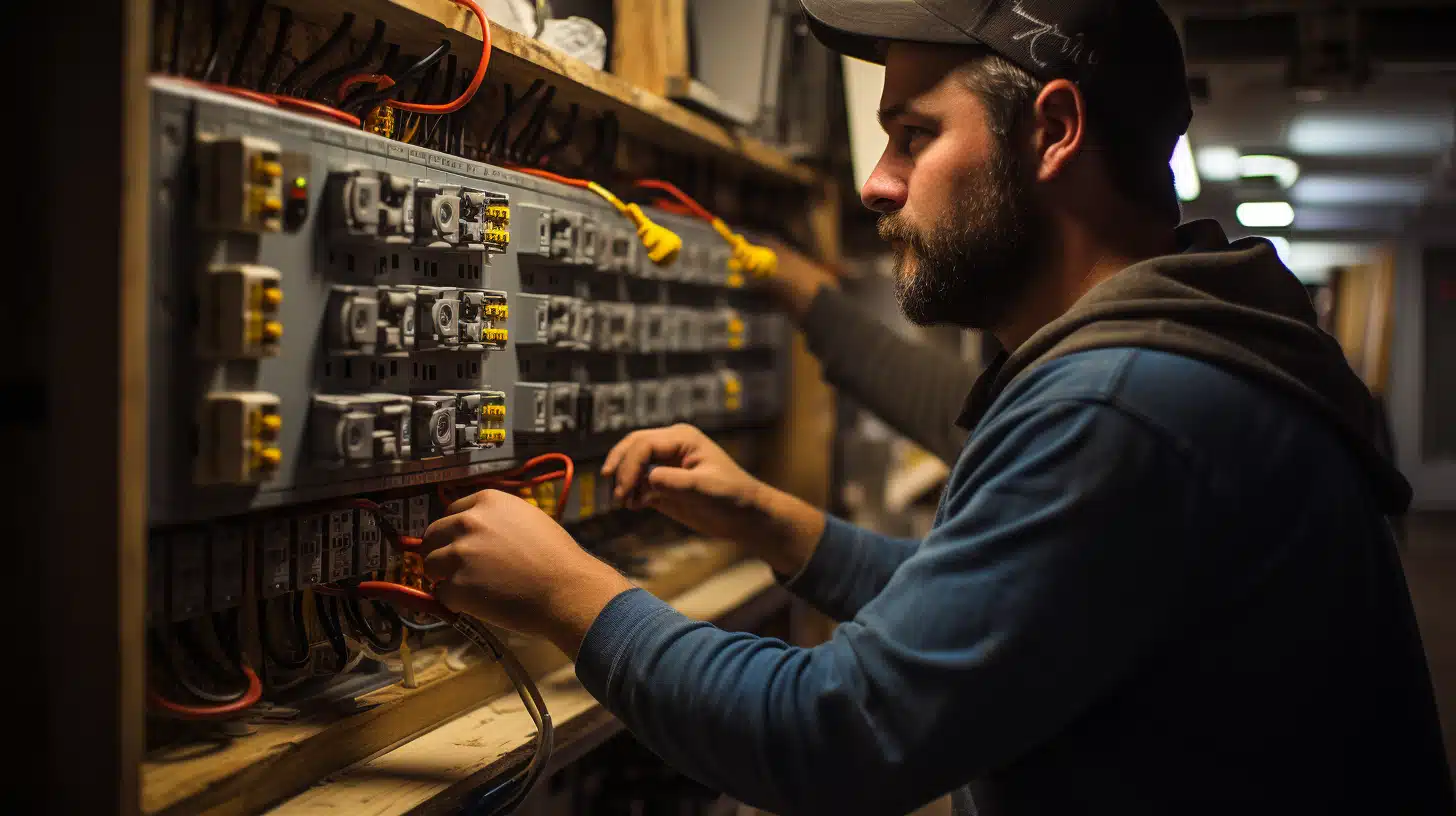Safety Precautions for Handling Electrical Projects Around the House
Introduction to Home Electrical Systems
Home wiring is vital in powering appliances, lights, and other devices. However, ensuring safety during projects requires taking precautions. A grasp of wiring principles and using tools like wire nuts and electrical pigtail correctly are crucial for safely managing power distribution in your home.
Whether you’re a DIYer or just starting, recognizing the complexities and risks can help prevent mishaps and ensure project completion. Always prioritize safety when dealing with electricity to protect yourself and your family from hazards.
Important Safety Measures

Before beginning any project, it’s essential to follow safety guidelines. Always switch off the power at the circuit breaker before starting any work.
Using a voltage tester to confirm the power is off can help prevent shocks. Additionally, using tools with handles and wearing shoes with rubber soles can minimize the risk of shock. Furthermore, stay aware of your surroundings while working.
Ensure that your workspace is well-lit, dry, and clear of clutter. It’s important to avoid working in less than conditions to lower the risk of accidents. These simple safety precautions can differentiate between a project and a hazardous situation.
The Importance of Using Tools
The use of tools is essential for any project. Good-quality tools do not make the job easier; they enhance safety. Some essential tools are wire strippers, voltage testers, circuit breakers, and insulated screwdrivers. Investing in high-quality equipment can minimize risks associated with your work. For example, a wire stripper lets you remove insulation without damaging the conductor, ensuring a connection.
Similarly, a voltage tester can confirm that circuits are electricity-free before you start working to prevent any shocks. The right equipment can help any task, from minor repairs to extensive rewiring, go more smoothly and efficiently.
Recognizing Potential Electrical Hazards

Understanding how to identify hazards is crucial for maintaining a work environment. Common dangers include worn-out wires, loose sockets, and damp conditions. According to data from Safe Kids Worldwide, many individuals experience accidents each year that could have been prevented with safety measures.
Ensuring all connections are secure and wires are in good condition can help mitigate risks effectively. If you notice outlets hearing buzzing sounds from switches or seeing lights flickering, these signs may indicate issues. Spotting these warning signs early allows you to address them before they escalate into problems.
Testing your system regularly is crucial to ensure everything is operating securely and correctly, as well as doing inspections.
Tips for Electrical Tasks at Home
Household tasks include replacing outlets, installing new light fixtures, and connecting new appliances. When changing an outlet, remember to turn off the electricity at the breaker box. Before removing and installing the outlet, ensure the power is off with a voltage tester.
Double-check all steps before turning the power on for added safety. When installing fixtures, follow the manufacturer’s instructions carefully. Start by switching off the power and using a voltage tester to verify it’s off. Before mounting the fixture, remove it and inspect the electrical box.
Connect the wires of the fixture securely. Install it in place. Finally, insert a bulb and restore power. When setting up appliances, ensure your circuit can handle their electricity needs. Understand each appliance’s power requirements well. Always remember to cut off the power source.
Use a voltage tester for safety checks before connecting appliances according to manufacturer guidelines. Test everything again after restoring power.
Understanding Electrical Codes
Following regulations, like the National Electrical Code, is vital for protecting homes from hazards like fires. These standards are crucial for every project to ensure safety and industry-standard adherence.
Keeping abreast of code revisions can help prevent risks such as using wire sizes or improperly installing outlets and circuit breakers. Neglecting these guidelines could lead to situations and legal troubles.
Knowing When to Call in a Professional
It’s essential to know your limits when tackling tasks. While some projects may be doable with electricians’ skills and tools, others might require expertise.
Electricians with training possess the knowledge and equipment required to carry out projects in compliance with regulations. Taking on tasks beyond your expertise can result in risks, like shocks, fires, and potential legal complications.







